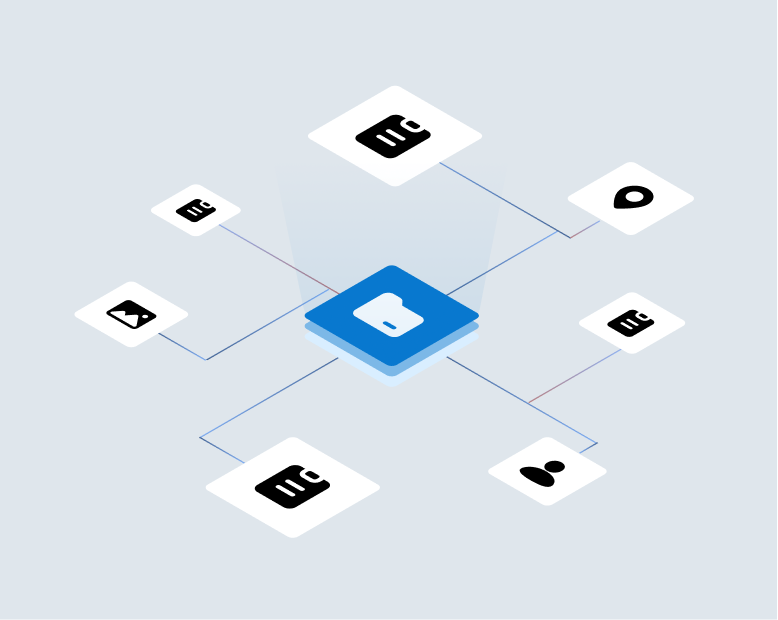In part one (it can be accessed here) we explained that there is a fundamental limit to the ability of data alone to identify small probability events – the error rates inherent in the data and the acquisition process end up dwarfing the targeted events. This results in far more false positive and false negative errors than actual true positives.
What can insurance carriers do to reduce their data diagnostic error rates so that purchased data can become useful? We believe that there are three keys to diagnosing and eliminating misrepresentation and errors in the insurance quote and application process and critically, they must be done during the few minutes of the quote session.
Leverage all sources of data/information.
There are five different types of data derived from very different sources.
- Synthetic data is composed of data sets merged together from other data usually gathered by others for other reasons.
- Harvested data is data that the vendor (or carrier) collects themselves with the intention using it to evaluate customers. As a result it should be more accurate than synthetic.
- Customer data is simply what the customer shares in the quote process.
- Customer behavior is what actions the customer takes during the quote or series of quote sessions. People often say one thing but are telling a different story with their actions.
- Finally customer interaction is information derived from a direct intervention with the customer.
Triangulate between different sources.
When in doubt ask the customer.
This raises two questions: First, how can you ask the customers in an automated online quote process? It must be automated. Carriers need the capability to trigger specific automated question/data gathering cascades based upon a specific diagnostic failure. That way the questions are integrated seamlessly into the quote process. It can be done quickly and cost effectively, we’re doing it for carriers today.
Second, How does asking the customer about their data make the decision better given it’s the customer’s veracity that is in question? The answer lies in human nature: people who provide deceptive data know that they are being dishonest. It makes them very uncomfortable when a carrier immediately and specifically asks them about the data they were manipulating. As a result the true manipulators will often abandon the quote. If they don’t, the carrier can often take steps to limit liability. For example in the case of the young hidden driver, the carrier simply insists that that driver either be placed on the policy or be explicitly excluded.
The other reason to talk to the customer is all of the false positives. It’s quite likely that many of them are customer misunderstandings or mistakes. When these people are asked about the data they don’t abandon, they welcome the help to get the right data so they can get a valid quote. By intervening with these customers, carriers help guide them back onto the path to coverage, improving conversion rates while reducing fraud.
Up front fraud and rate manipulation can be managed.
Historically the auto insurance industry has been fatalistic about up front fraud – the dollar value per event was too small and the time frame too short to do much. This is no longer true. Data capable carriers are using data and real time interventions to reduce their premium leakage and preexisting damage claims fraud losses by amounts that – depending on the channel – equal ten to thirty percent of net premiums written.
VeracityID solutions detect, deter and defeat the most frequent and costly auto insurance frauds, during quote, binding, endorsement and at claim.
Learn more at VeracityID.com



